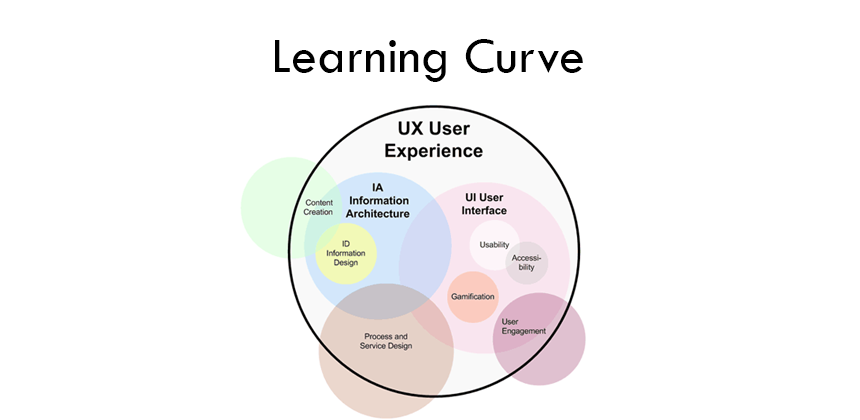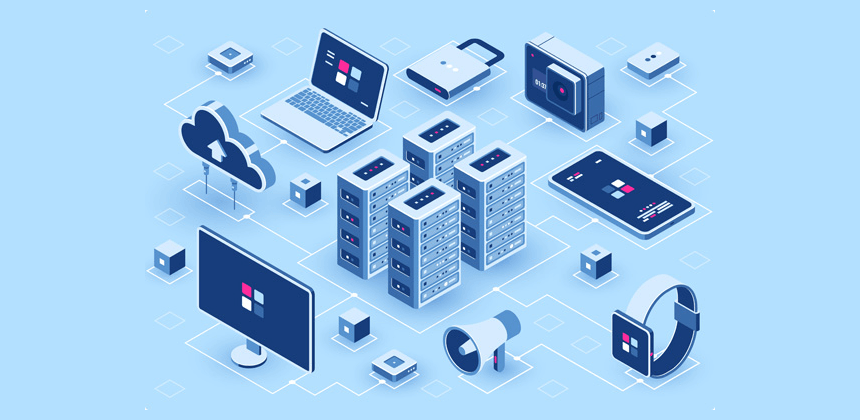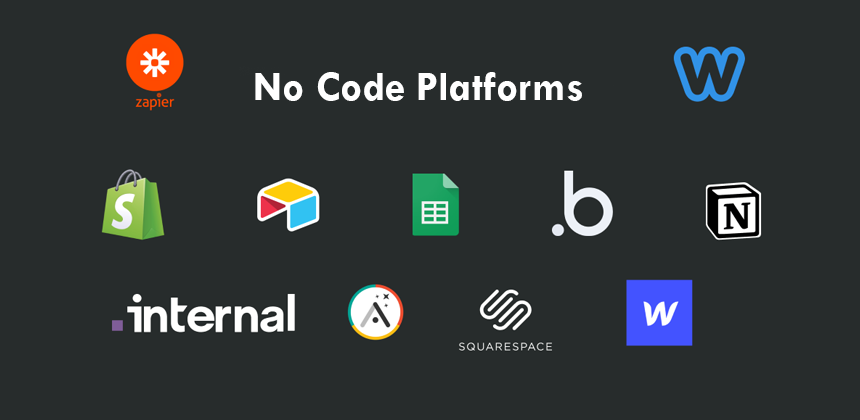"No code" software solutions have become increasingly popular in recent years. These tools allow developers to create software products without having to manually write code. But, is this really a good thing? It depends on the scale and complexity of your project. In many cases, no-code solutions can be a hindrance rather than a help when it comes to building robust software products. Let’s take a look at some of the drawbacks of using no-code solutions.





Limiting Templates
Most No-Code platforms are sold based on how many templates they have. They come with drag-and-drop templates for all of the features you might want in your software. But these templates aren't very good because you can't change them. You must stay within the template's limits. If you can't find the logic you need in one of the templates for your No Code software development tool, you don't have many options. But the tunnel isn't completely dark. There are a few No Code platforms, like Bubble, that let you change these templates to fit your needs. To do so, you might need to know how to use programming languages, which might be too much for people who aren't tech-savvy.
Learning Curve
Since it has been said that No Code is easy to learn, people are under the impression that anyone can make genius mobile apps in just a few days. That's not quite right. Even though most No Code platforms are easy to use, you still need to know about the technical aspects of product development, such as Heatmaps, User Interfaces, User Experience, and Information Architecture. If you're ready to learn them, you won't have to use No Code platforms anymore. It will start to look like a good idea to switch to a development platform with less code.Platforms with No Code Face Security Issues
You don't have much or any say over the code in your app. Even though these platforms have great security rules as a starting point, you are only as safe as your platform. This makes security risks for software or websites built with No Code platforms higher. Security and privacy are the most important things to both people who make and use software. This is one of the worst things about using a platform with no code. All of your users' data is at risk if there is a data breach at the company where you made your software. Also, security problems can happen when people who don't know much about software development use a No Code development platform. If you don't know how to hide back-end information, set up secure logins, or set up a "https" domain, you might make your app insecure.Limited Room for Creativity
As previously said, since everything is preset and based on templates, you lack creative freedom. You are restricted to the platform's given functionality. Currently, you're probably wondering, "What if I want to design extra sophisticated features?" Oh, what can I say? To meet your needs, you will have to find a way to work within the constraints. If you are unconvinced and adamant on adding a feature your way, you must add the code manually, which is normally only achievable with Low Code platforms.
Vendor Lock-in, Lack of Code Ownership
No-code platforms are a great way to get a head start on developing a product. But after you've made the product, you might have trouble with vendor lock-in. When you can only work with one vendor, no matter how good their services are, this is called "vendor lock-in." You will depend more and more on this No Code platform. If you do this, you will no longer own the code at all. This is a clear disadvantage, especially when compared to Low Code development platforms, which are more portable and open than No Code solutions. But there are some exceptions to this rule. It is possible to export your code at a later time using a No Code platform, such as ycode.com. At first, this may not seem like a big deal, but as your startup grows, code ownership becomes an important part of the business model.
Cost of No Code Platforms
We often hear that "No Code platforms are cost-effective." People who say that, though, are comparing the cost of hiring a developer to do the coding to the cost of a platform subscription. This comparison doesn't look at the quality of the output or how long it takes to learn the platform. It can take a long time to learn a No Code platform, and if you've never done traditional development before, the learning curve is even steeper. Of course, it's still much easier to learn how to use a No Code development platform than a Low Code development platform or code development. In general, though, the time you spend learning how to use a platform could be better spent developing your product's business processes. Also, there's no guarantee that the end result will be as good as you were hoping for. This is because most No Code software doesn't let you change the design or add many different features. In the end, it can be more expensive to use a No Code platform than to hire a developer to do the same job. Let's say you start working on your project using the No Code method, but you realize halfway through that you might need to add custom code to keep your app running. You hire a developer because you don't know how to code. In the end, this would cost more than just hiring developers from the start. So, it's usually a good idea to hire No Code developers right from the start. Most of the time, these experts know everything there is to know about the tools they use and can use their biggest advantage, the lightning-fast development speed, to help you find quick and cheap solutions that will last.Software Development Scalability
At some point, every successful business needs to be able to add more users to their application. Most of these fast or "cost-effective" No Code software development platforms are not easy to scale. And if they are, they have to pay extra for it. Companies might not pay an extra amount because they don't own the code either. That's one reason why companies switch to Low Code or custom software development (and write code) once they reach a certain number of users, like 100,000.Conclusion:
While "no code" software solutions have become increasingly popular over the past few years, they may not always be suitable for all types of projects depending on their complexity and scale requirements. Fortunately, there are other options out there that offer more flexibility and customization when it comes to creating software products — such as hiring a professional developer who can build your application from scratch using traditional coding languages like Python or Java — so make sure you weigh all your options before deciding which route is best for you! Drop us an email about your project requirement and our experienced developers will let you know if no code will be suitable for you or not.
Shivam Sharma
About the Author
With over 13 years of experience in software development, I am the Founder, Director, and CTO of Zestminds, an IT agency specializing in custom software solutions, AI innovation, and digital transformation. I lead a team of skilled engineers, helping businesses streamline processes, optimize performance, and achieve growth through scalable web and mobile applications, AI integration, and automation.
Stay Ahead with Expert Insights & Trends
Explore industry trends, expert analysis, and actionable strategies to drive success in AI, software development, and digital transformation.
![Why No Code Is Not-Good for Many Software Products [Drawbacks]](/images/no-code-software-solutions.png)